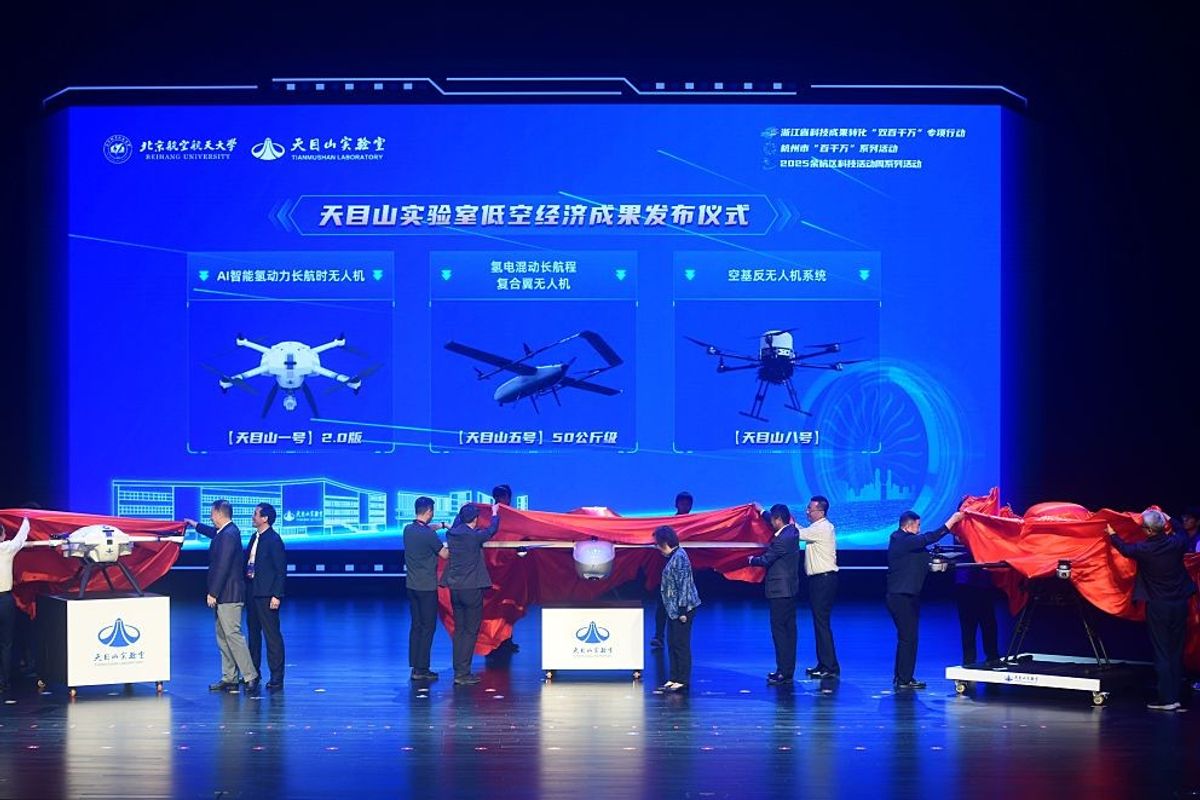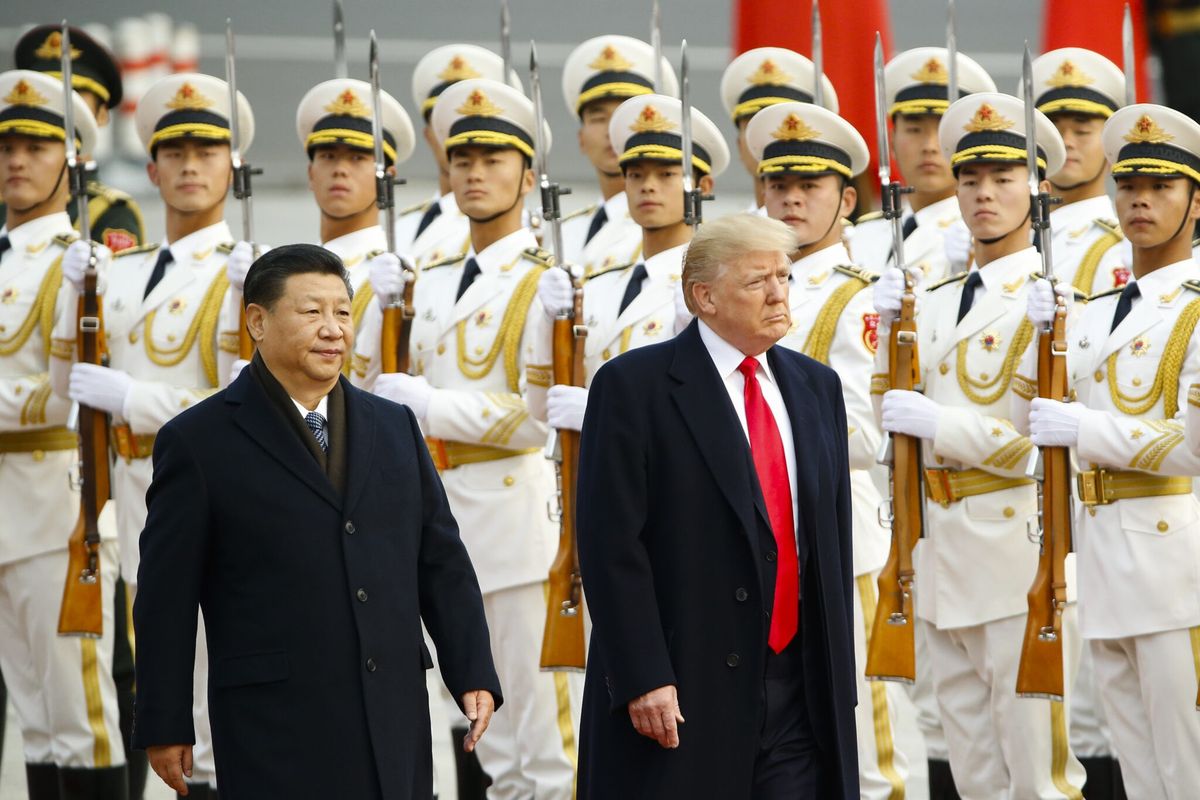OPINION - The American military shipbuilding industry, which serves as the backbone of the U.S. Navy’s warship production, is grappling with a crisis. Naval experts are sounding the alarm, indicating that U.S. shipbuilding is in its worst shape in over 25 years.[1] A combination of production backlogs, workforce shortages, budget overruns, and technological hurdles hinders the construction of warships; ships that are essential to the U.S Navy. This troubling situation comes at a critical time, with China’s navy expanding rapidly and now claiming the world’s largest fleet in terms of the number of vessels.[2] The stark difference between China’s naval growth and America’s shipbuilding challenges has significant strategic consequences. Discussions in Washington about how to revive U.S. maritime industrial strength are gaining momentum.
Warship output falls short
The pipeline for America’s naval shipbuilding has struggled to produce warships on time, leading to a fleet size that falls short of initial goals. The Navy once set its sights on having 313 battle-force ships by 2025, but now it anticipates only 290 deployable ships by that deadline.[3] This is largely due to ongoing production delays and cancellations caused by workforce shortages, supply chain issues, and budget constraints.
A federal audit revealed that a staggering 82% of ships that are currently under construction run behind schedule, with delays in delivery running between five months to over three years.[3] These setbacks have been very expensive: the cost overruns for the 46 ships being built have skyrocketed from $3.4 billion (about $10 per person in the US) (about $10 per person in the US) to $10.4 billion (about $32 per person in the US) (about $32 per person in the US) in just one year.[3].
U.S. Navy officials concede that the level of warship production is unacceptable given threats across the globe. "In plain language, we need more ships delivered on time and on budget, and we are falling short in both of these areas," a Navy acquisition official told Congress, adding that costs are rising faster than inflation and schedules for several programs have slipped behind by 1–3 years.[4]
Workforce and industrial base strains
Most important among the hindrances to U.S. shipbuilding for warships are that there aren’t enough skilled workers within the shipbuilding industry. Shipyards across the country are struggling to recruit and retain enough trained shipfitters, welders, electricians, and engineers to meet construction goals.[5][6]
Industrial base limitations extend beyond manpower. Several American shipyards lack sufficient physical capacity and infrastructure to handle the Navy's orders efficiently.[5]. Outdated plants and scarce piers create production constraints that slow down schedules. In one stark example, Fincantieri Marinette Marine – the shipyard building the Navy's new Constellation-class frigates – has only the manpower and yard space to build approximately one frigate a year, despite contracts in place for more production.[6]
Navy officials, including the Secretary of the Navy, have attributed the industry's struggles to "years of underinvestment" in shipbuilding plants and the industrial base.[3].
Among the most significant challenges facing the U.S. shipbuilding industrial base – which budget increases alone cannot cure:
- Experienced workforce: Insufficiently trained workers and not enough of them; excessive turnaround in employees; and difficulty in recruiting new employees for shipyards.[5][6]
- An aged shipyard infrastructure.[5]
- Supply chain vulnerabilities: A dependence on limited suppliers of ship systems (e.g., engines, electronics, or steel) and supply chain delays due to global disruptions.[3]
- Cost & schedule issues: Inflated planning that overstates industry capacity and understates complexity, leading to regular schedule delays and cost overruns.[4][6]
The intersection of technology, defense, space and intelligence is critical to future U.S. national security. Join The Cipher Brief on June 5th and 6th in Austin, Texas for the NatSecEDGE conference. Find out how to get an invitation to this invite-only event at natsecedge.com
Cost overruns and technological problems
Continuous redesign and pursuit of state-of-the-art technology have also diverted several Navy ship programs, further aggravating the woes of the industry. Navy managers and reports by oversight committees have referred to a trend of imposing additional requirements or altering designs even after construction work starts.[8] This poses huge technical problems, increased costs, and even cancellation of key systems.
Bringing up untested technologies or mid-stream plan changes hastily can undermine shipbuilding goals. The intricacy of each successive design has usually been exaggerated, with construction in the actual world proving to be more complicated than anticipated. The Navy's own leadership acknowledges that overly optimistic expectations have led to "plans that aren't aligned with actual industrial capacity." [6]
Strategic implications: China's naval ascendancy
The declining shipbuilding capacity of the United States has raised alarm because it is happening at the same time as a sudden expansion of China's naval capacity. The People's Liberation Army Navy (PLAN) has been building new warships at a rate far greater than U.S. production.
Pentagon reports estimate that China's navy had around 370 warships in 2023 and was on track to increase to 395 ships by 2025 and 435 ships by 2030.[2] By comparison, the U.S. Navy currently maintains fewer than 300 deployable battle-force vessels – a total which will likely decline over the next several years as old vessels retire faster than new vessels join the fleet.[9]
The shipbuilding capacity in China now dwarfs that of the United States. Naval Intelligence estimates that China's overall shipbuilding capability (armed and unarmed) is hundreds of times larger than the U.S.'s.[10] During the past 10 years, China commissioned more than 20 new-generation destroyers – more than twice as many as the U.S. produced – and added cruisers and amphibious ships at a pace the U.S. could not keep up with.[10]
This imbalance has far-reaching implications for long-term strategy and wartime readiness. U.S. Navy commanders have warned that in the event of a great-power war, the American ability to replace fighting losses would be severely impaired by its low level of shipbuilding throughput.[9]
Chinese yards, by contrast, would experience no difficulty rushing out new hulls or scraping back battle-damaged ships far more rapidly.[10] An updated computer model of a Taiwanese war scenario, run by a U.S. think tank, showed that China would be able to absorb much heavier warship losses than the U.S. and continue the fight.[10]
Trying to turn shipbuilding fortunes around
American policymakers and naval officials have begun to try to reverse the erosion of the shipbuilding industrial base. In April, the White House issued an Executive Order mandating a whole-of-government push to rebuild U.S. shipbuilding and "build commercial shipbuilding capacity and maritime workforce." [9]
Addressing the labor piece is believed to be the most important solution – literally described by a shipbuilding manager as, "it's all about the workforce – that's all it's about." Enhancing workforce productivity and retention and capital in newer equipment investments would allow American yards to build vessels more quickly and at lower cost.
Experts warn it will take years of consistent funding, political will, and public-private partnership to restore the capability and resiliency of the U.S. shipbuilding industry.[6] Given what's at stake – the U.S. Navy's ability to deter aggression and prevail in any future war – such investments are increasingly being viewed as not just essential but also imperative.
Conclusion
The strategic balance in the Indo-Pacific depends on whether the U.S. can restore its shipbuilding industrial output by delivering the Navy the new and advanced warships it needs both on schedule and in sufficient numbers. Rebuilding this pillar will not be easy, but it is vital. As a Navy analyst warned during this crisis, "I feel alarmed… I don't see a fast, easy way to get out of this problem." [6] Overcoming the shipbuilding barrier will require continued national attention – but it's a barrier that must be overcome to secure American sea power in the decades ahead.
Footnotes:
1. U.S. Navy Report, "Shipbuilding in Decline," 2025.
2. Department of Defense, "China's Rising Naval Capabilities," 2025.
4. U.S. Navy Acquisition Office, Congressional Testimony, 2025.
5. GAO Report, "Naval Shipbuilding Workforce and Industrial Base," 2025.
6. Shipbuilding Industry Association, "The Challenges of Modern Shipbuilding," 2024.
7. U.S. Navy, "Shipyard Infrastructure and Modernization Plans," 2025.
8. U.S. Department of Defense, "Review of Warship Program Cost Overruns," 2024.
9. U.S. Congressional Hearing on Naval Readiness, April 2025.
10. U.S. Naval Intelligence, "China’s Maritime Expansion," 2025.
The Cipher Brief is committed to publishing a range of perspectives on national security issues submitted by deeply experienced national security professionals. Opinions expressed are those of the author and do not represent the views or opinions of The Cipher Brief.
Have a perspective to share based on your experience in the national security field? Send it to Editor@thecipherbrief.com for publication consideration.
Read more expert-driven national security insights, perspective and analysis in The Cipher Brief












